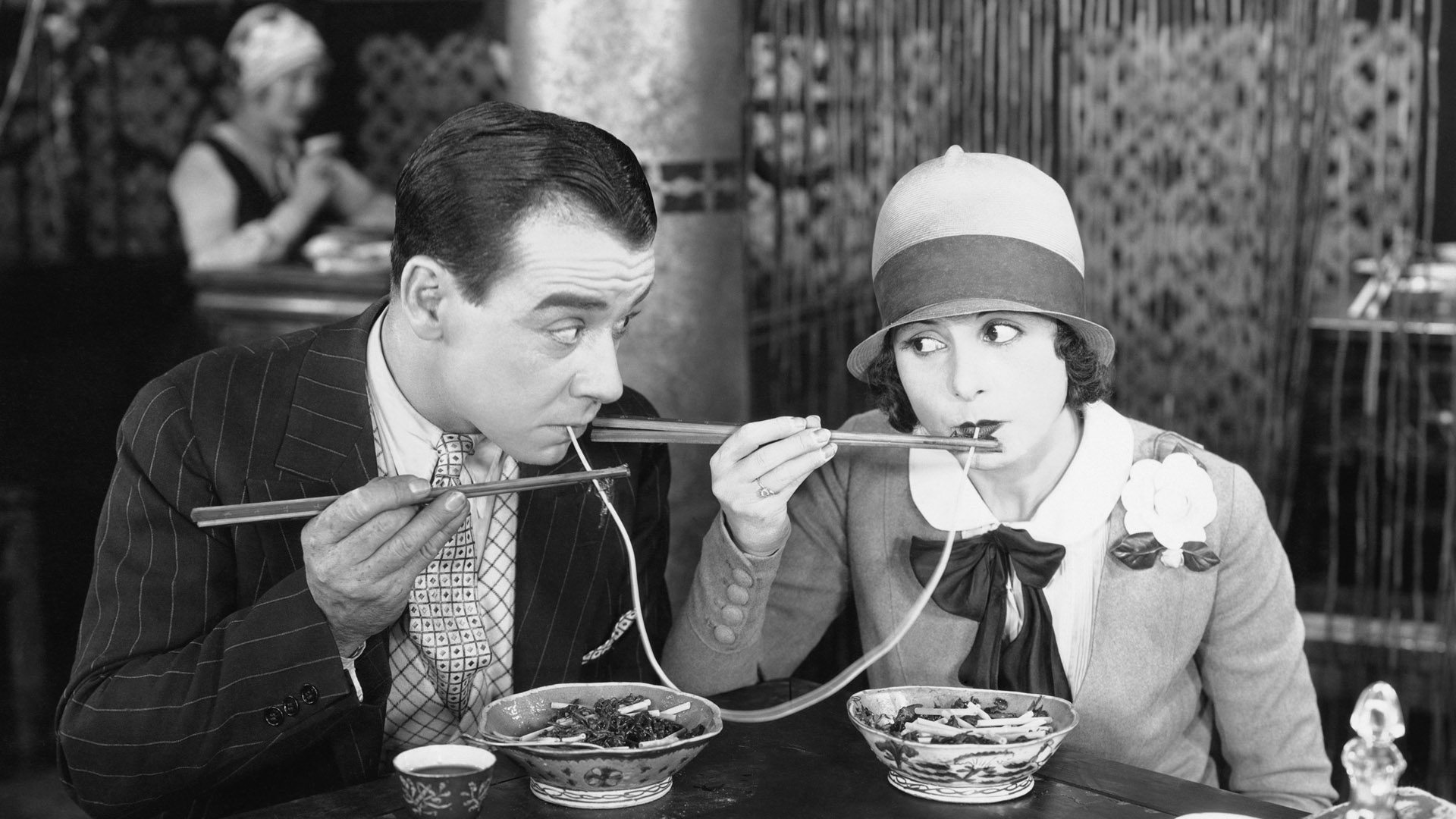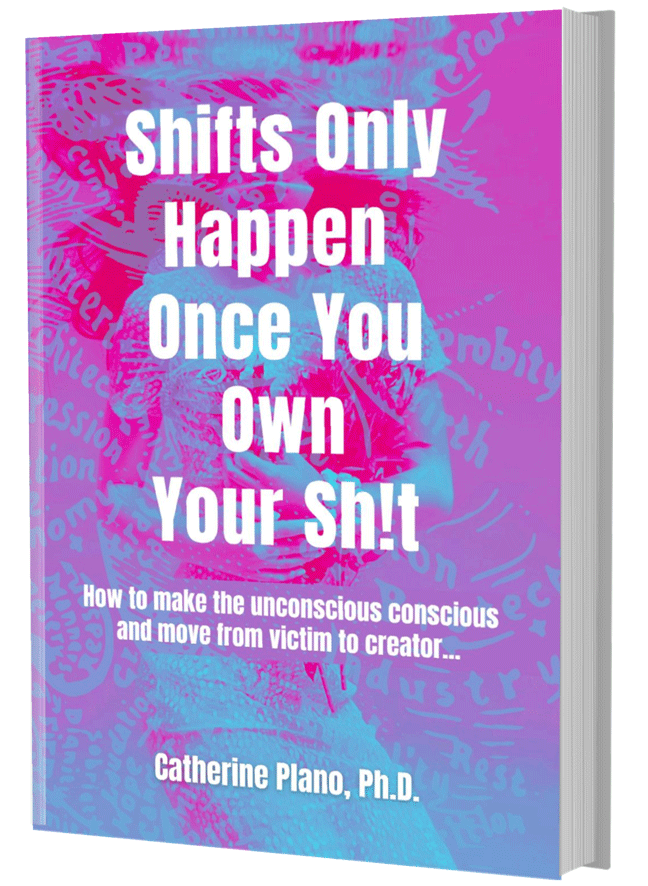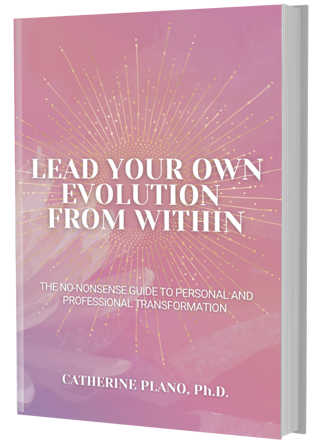“A feeling of aversion or attachment towards something is your clue that there’s work to be done” – Ram Dass.
We all struggle with relationship problems. Some more than others. Whether they are acquaintances, friends, family, romantic or work relationships and here’s the thing… They are just programs!
We all have an attachment style that is playing out and if we are not consciously aware of its play—it will continue to attract the same relationships repeatedly until we heal our attachment wounds that were developed at a very young age depending on the type of relationship we had with our primary caregiver.
Attachment comes in multiple shades of colours… not just in relationships but we can get attached to an outcome, a response or even a text message!
There are four attachment styles that we need to be aware of based on John Bowlby’s work on ‘attachment theory’ there is Secure, Anxious (preoccupied), Fearful (disorganised) and Avoidant (dismissive) attachment styles.
Depending on your relationship with your primary caregiver will determine how you relate to others in your life. Please let me explain. If you had a primary caregiver attend to all your needs—was there for you when you cried or when you needed reassurance that everything was going to be okay. They made you feel safe, valued, and understood then most likely your attachment style will be ‘Secure’ attachment style.
But what does that mean as an adult?
The ‘Secure’ attachment type thrives in their relationships but is not afraid of being on their own. They don’t depend on approval from their partners and tend to be comfortable in their own skin. They are confident, trusting and know how to have courageous conversations with healthy boundaries.
On the other hand, if you experienced emotional inconsistency, lack of attention and your caregiver was unable to comfort you when you were feeling scared, frightened, or incapable of responding to your needs—you then may have experienced an ‘Insecure’ attachment in comparison to a ‘Secure’ attachment. This is how we get to the three ‘Insecure’ attachment styles: Anxious (preoccupied), Fearful (disorganised) and Avoidant (dismissive).
Fast forward ahead of time and now as an adult, you may find it difficult to connect with your own emotions and have trouble maintaining stable relationships. This can show up as you are avoiding connection—unconsciously of course. You are not consciously aware that this is taking place. You may be either too needy, clingy, or anxious in a relationship.
Therefore, understanding your attachment style will be a game-changer that will give insight into why you react or respond to your relationships the way you do! Once you understand the driver of your attachment style you will be able to build stronger, healthier, and long-lasting relationships.
The root of suffering is attachment…
Many Gurus and enlightened spiritual teachers speak about attachment as being the shadow of the ego—it leads to misery, jealousy, and possessiveness. According to Buddhist psychology, most troubles stem from attachment to things that we mistakenly see as permanent or that belong to us.
If we cast our mind back to the time we were 12-months-of-age the only way we communicated was through our cry, making loud noises to get attention or pointing at the very thing we were wanting. We didn’t know how to put a sentence together, but we were very good at sending non-verbal cues. This was our only way of communicating with our caregiver at the time.
Can you imagine how frustrating and annoying it would be if your caregiver was not attentive to your non-verbal cues and thus not responding to your needs? Whether that was for comfort, affection and to feel safe. Which by the way are our basic human needs so that we feel connected, loved and as if we belong.
A secure attachment is the ability to bond…
People have two needs: Attachment and Authenticity. When authenticity threatens attachment—attachment trumps authenticity. Dr. Gabor Mate said as children we learn to sacrifice authenticity for connection. Our body’s intelligence identifies that if we are our full authentic vibrant selves, we’ll lose the attachment to our parents. We are wired for attachment, connection and to belong.
If we sense being our authentic self is not safe, we automatically stop being our authentic self to satisfy our caregivers’ expectations of how we should be so that they will love us more. We believe that if we hide, do what’s right, fit in, zip it, and not rock the boat our relationships will stay in one piece, and we will feel safe. Clearly, you can see the dynamics play out for a rightful reason, but this is very damaging to us as adults when we want to connect and fit in with others.
Secure attachment styles primary caregiver was someone who was there to sooth, calm your emotions and stress levels when they were high. Was always reassuring, open and honest with their communication—they were very clear about their boundaries. They made you feel safe, secure and like you belonged. This as an adult leads to confidence, trust and being comfortable with conflict to work things through.
Secure attachment takes responsibility for their own mistakes…
By the way, this is not to say that Secure attachment styles don’t have problems, they do. They just address it head-on and will do what it takes to work through it in a collaborative way. If you feel comfortable being alone but also comfortable with closeness and mutual dependency then that’s a sure sign that you are Secure attachment in style.
Other ways of identifying with Secure attachment when things do not go according to plan is they are resilient and can communicate their needs effectively. They feel safe exploring the world around them without the fear that someone will abandon them. There is no fear of compromise or being over-controlled or suffocated.
So that’s Secure attachment in a nutshell. But what about the insecure attachment styles? Let’s now look at the Anxious (preoccupied) attachment style. These individuals tend to be needy, clingy and have a strong fear of rejection or abandonment—as a result often experience anxious thoughts and feelings of uncertainty about themselves which leads to a lack of self-esteem, self-worth, and self-respect.
Anxious attachment a constant need for love and attention…
You can see how this plays out. If your primary caregiver was inconsistent, meaning sometimes they were there responsive and other times they had checked out—unavailable to your needs. Giving you mixed signs, creating confusion which made you feel a little anxious and craving for more connection but in fear that it’s not reciprocal.
You may be feeling exhausted, jaded, weary by fear and anxiety about whether your significant other really loves you. As you can imagine, in this style you don’t feel a sense of security within your relationship—instead, there is a sense of emotional disadvantage. And this makes the individual do anything to make the relationship work, compromising values and boundaries driven by fear that your significant other no longer wants to be in a relationship with you.
Anxious attachment craves intimacy, affection, and closeness between people—this can lead to becoming overly fixated on another person which can lead to jealousy, envy and even resentment if their partner is away from them. They will normally play the guilt trip to control the situation or other manipulative tactics to keep them close. When they feel threatened they try to control the situation.
Anxious attachment needs constant reassurance and attention…
If you find yourself fixated with your partner, to the point it has taken over your life—every decision is based on their needs and what they want to do. You find it difficult to have healthy boundaries around others because the space itself can be a little overwhelming and may trigger anxiety, panic, and fear. Your self-worth is based on how others treat you, what kind of relationship you have with others, and you may struggle to keep a close relationship from being so needy or clingy that you may just push them away.
The next insecure attachment style is Avoidant (dismissive) which is completely the opposite of the Anxious attachment style. Instead of craving intimacy, connection, and closeness, they avoid it at all costs. They prefer not to rely on others and nor do they like having others rely on them. If anything, they struggle with intimacy—rather they value independence, freedom, autonomy, and liberation.
Emotional closeness and intimacy are often off the table for the Avoidant attachment style because they don’t know how. Not being able to build a deeply meaningful, and long-lasting relationship can be painful but also heart-breaking for the ones who love them. In this style, the individual is typically suspicious of relationships and intimacy in general and tends to put distance between themselves and others. When they feel threatened they typically withdraw from situations.
Avoidance attachment seeks out partners who are independent…
This style develops when a caregiver doesn’t meet a child’s needs but instead leaves them to care for themselves and be self-reliant, self-sufficient, and independent. As a child you were disheartened, discouraged from seeking emotional support and learned to push away your caregiver even when they want to be close.
As you can imagine the wound that this Avoidance attachment style experiences feelings of not being good enough. The fear for this style is if their partners get a whiff of who they truly are—their real authentic self, they might find the things that you are lacking and leave you. Since your needs were never regularly met by your caregiver, you were forced to distance yourself emotionally and to self-soothe.
Fast forward ahead of time, now as an adult you don’t need others to do the things you need to achieve in life and the more someone tries to get close to you, the more needy the partner the further it pushes you away where you withdraw or even want to run away from the situation.
Avoidance attachment wants a close meaningful relationship…
Quite often in this style, you push your emotions to the side because you are not comfortable with the feelings that you are experiencing …and you probably can’t put them into words. Your significant other quite often will accuse you of being distant, aloof as if you don’t care about them and harsh in your approach.
You like to keep to yourself, even keep secrets from others to gain a sense of freedom from the relationship and you often will ignore, neglect or disregard other people’s feelings. One thing to keep in mind, we are all hardwired for human connection, love and belonging—the Avoidance attachment style wants a meaningful relationship, but they just don’t know how to overcome their fears of intimacy.
There is one last insecure style and that is Fearful (disorganised) attachment style which stems from neglect, carelessness, or abuse as a child. Let me give you an example of that so not to inject fear into you. Let’s say it was your first day at kindergarten and you were scared to the point you were kicking and screaming not wanting to be left with strangers. Now instead of your caregiver soothing you to let you know everything was going to be okay. Instead, the caregiver may get angry with you and ask you to toughen up and stop crying. They may even punish you for exploiting such emotions in public.
Fearful attachment feels they don’t deserve love in a relationship…
You can imagine in the Fearful attachment style your emotions are on a seesaw where you fluctuate between wanting closeness and distance at the same time. Another thing to keep in mind while reading this article, it’s not about going on a witch hunt to prosecute and behead our parents. Quite the contrary, we must have compassion for our caregivers as they did the best they could with the information they had and that includes us parents too.
Your primary caregiver may have been dealing with their own unresolved traumas and projected them onto you. As Carl Jung said, we marry our own unconscious mind and then we project all our unresolved baggage onto our partners. It is so much more empowering when we realise this and can own up to it.
In the words of Debbie Ford, when you understand projection, you will never see the world the same way again. In this holographic world, everyone and everything is a mirror, and you are always seeing yourself and talking to yourself. If you choose, you can now look at what emotionally affects you as an alarm, a clue to uncover your shadow, a catalyst for growth that gives you an opportunity to reclaim a hidden aspect of yourself.
Fearful attachment never learned to self-soothe their emotions…
Under duress, stress or overwhelm Fearful attachment style may demonstrate mixed signals, appear to become dissociated or they may also become emotionally flooded, confused and ominous swinging between emotional extremes of highs and lows.
Most psychologists and psychotherapists believe that the Fearful attachment style is the most difficult of the three insecure attachment styles because it incorporates both the Anxious and the Avoidant attachment styles.
That’s why you can one day be insensitive towards your significant other, trying to control by throwing explosive emotions, words, and actions. But in the same breath being hard on yourself and hating yourself afterwards for the aggressive behaviour.
Abandonment plays a big part in this style because of the inconsistency they experienced in their growing years believing that everyone is out to get them and hurt them. They become paranoid, distrustful and are super hard on themselves with a strong inner critic.
Listen to The Paradigm Shift BlogCast—the audio version of this article:
And you can also listen to the Moments of Awe Episode: The Trick to Building Stronger, Happier & Healthier Relationships…





